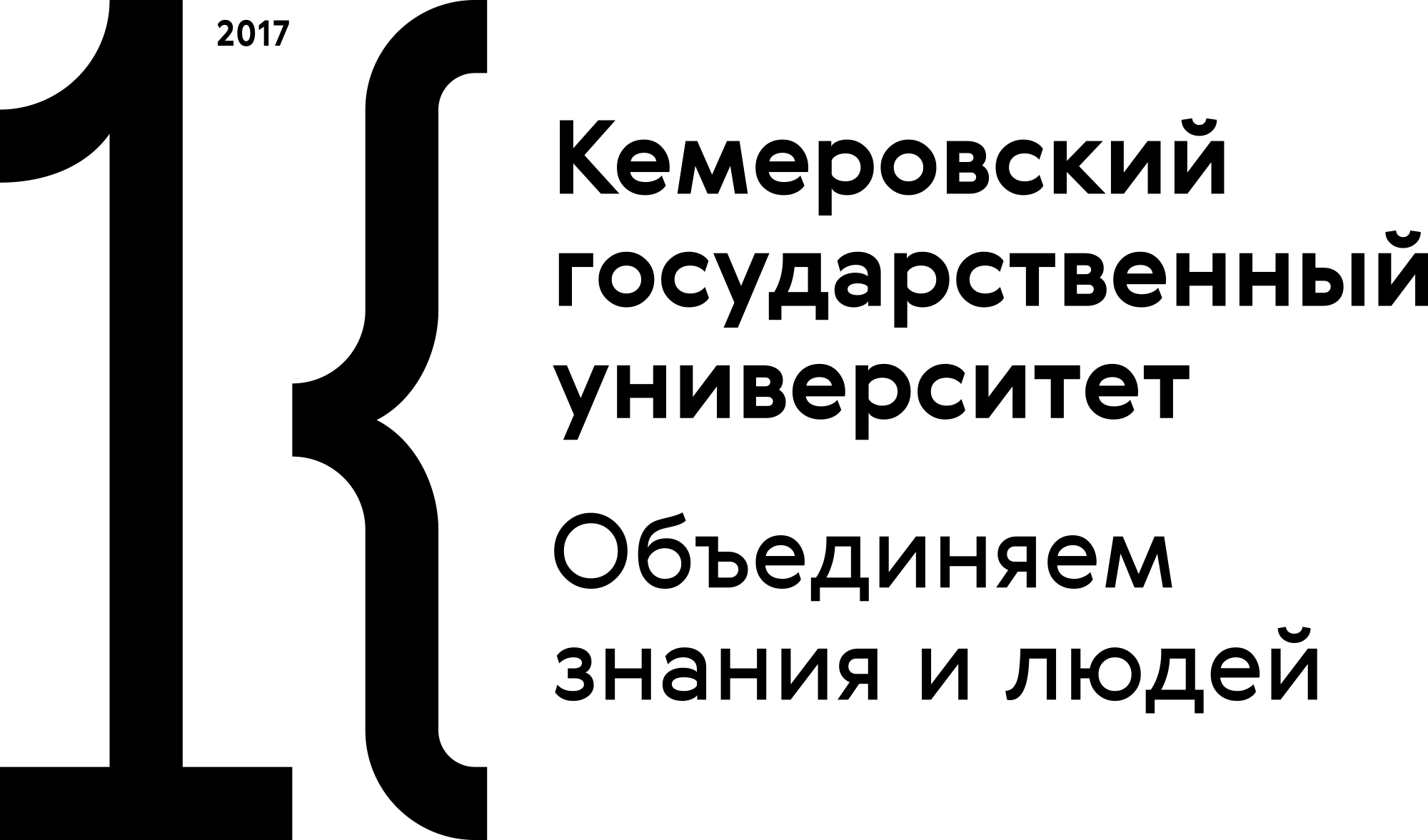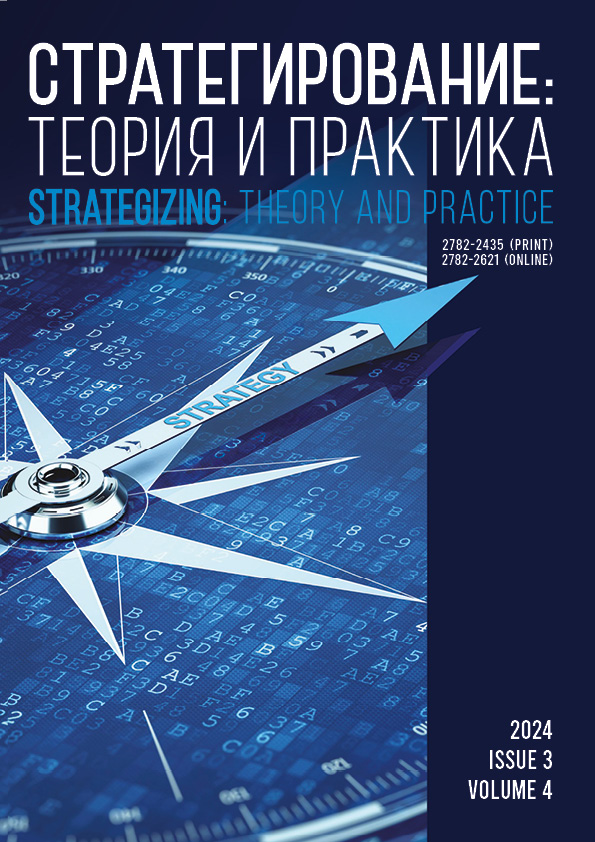Moscow, Russian Federation
Moscow, Moscow, Russian Federation
Cairo, Egypt
Artificial intelligence and machine learning methods build investment routes to balance models between private and public sources of financing. In this respect, they are of national importance for import substitution and technological sovereignty. Decision support systems build business development scenarios based on marked-up data. They reduce the risks of projects connected with import substitution and national technological sovereignty. Early integrated planning and balancing of developer and investor capabilities can help other venture and high-tech projects by balancing various sources of private and government financing. This article introduces a new development method of machine learning and artificial intelligence based on an ultraprecise neural network. The method automates the task of navigating technological projects using investment financing tools. It builds a continuous multi-agent investment route to reduce the risks of technological projects in terms of private and government investments. In fact, the method offers an algorithm that connects the fundraising stage, the type of project, and the type of funding source. The research objective was to strategize the development, implementation, and scaling of artificial intelligence methods and scenario multi-agent modeling to solve economic coordination tasks of raising public and private funds by personal investment routes and integrated investment routes. The authors rationalized the development, implementation, and scaling of personal and integrated investment routes, defined the development principles, and designed a checklist. They also developed a methodology for using artificial intelligence algorithms. The practical part featured a case of strategizing regional economic potentials in terms of raising additional funds by multi-agent modeling of financial and economic interaction of individual investment projects and integrated investment projects. The authors assessed the long-term multiplicative effect of investment projects on sectoral and intersectoral cooperation, which increases the regional investment attractiveness. The study relied on the theory of strategy and methodology of strategizing developed by Professor Vladimir L. Kvint.
strategizing, strategic goals, sources of financing, artificial intelligence, multi-agent modeling, integrated financing route, personal investment route, data economy
1. Bakhvalov LA. Modelirovanie system [System modeling]. Moscow: Moscow State Mining University; 2006. 294 p. (In Russ.)
2. Kvint VL. Global emerging market: strategic management and economics. Moscow: Biznes atlas; 2012. 627 p. (In Russ.)
3. Kvint VL. The concept of strategizing. Vol. 1. St. Petersburg: NWIM RANEPA; 2019. 132 p. (In Russ.)
4. Kvint VL, Khvorostyanaya AS, Sasaev NI. Advanced technologies in strategizing. Economics and Management. 2020;26(11):1170–1179. (In Russ.) https://doi.org/10.35854/1998-1627-2020-11-1170-117
5. Kondratʹev VV. Modelʹno-orientirovannyy sistemnyy inzhiniring 2.0 [Model-Based Systems Engineering 2.0]. Moscow: MFTI; 2021. (In Russ.)
6. Kondratiev VV, Tishchenko EB. Architectural engineering of hybrid models incorporating digital twins and machine learning. Economic Strategies. 2023;25(5):94–99. (In Russ.)
7. Kondratʹev VV, Tishchenko EB. Strategiya poshagovogo rasshireniya sistemnykh instrumentov tsifrovogo inzhiniringa s iskusstvennym intellektom [Strategy for step-by-step expansion of digital engineering system tools with artificial intelligence]. Economic Strategies. 2024;192(6). (In Russ.)
8. Makarov VL, Bakhtizin AR, Sushko ED. The national strategic power, international trade, and national economic success in an unstable world. Strategizing: Theory and Practice. 2023;3(3):277–297. (In Russ.) https://doi.org/10.21603/2782-2435-2023-3-3-277-297
9. Chernyahovskaya YV, Shirov AA, Kolpakov AYu, Polzhikov DA, Frolov IE, Yantovsky AA, et al. Makroekonomicheskiye effekty razvitiya atomnoy energetiki (metodologiya i prakticheskiye otsenki) [Macroeconomic effects of nuclear energy development (methodology and practical assessments)]. Moscow: Mezhdunarodnyye otnosheniya; 2018. 71p. (In Russ.)
10. Morozov AA, Tishchenko EB. Artificial intelligence as a tool for building personal investment routes for technological projects. Intelligent Systems. Theory and Applications. 2022;26(1):427–431. (In Russ.)
11. Kvint VL, Novikova IV, Alimuradov MK, Sasaev NI. Strategizing the national economy during a period of burgeoning technological sovereignty. Administrative Consulting. 2022;9(165):57–67. (In Russ.) https://doi.org/10.22394/1726-1139-2022-9-57-67
12. Tishchenko EB, Morozov AA. Artificial intelligence as a tool for reducing the risks of venture projects (using the example of building personal investment routes). Lomonosovskiye chteniya-2022 [Lomonosov readings-2022, Moscow, April 18–20, 2022]. Moscow: Ekonomicheskiy fakultet MGU imeni MV Lomonosova; 2022, p. 364–373. (In Russ.)
13. Tishchenko EB, Slavyantsev MV. Cross-country coordination of reindustrialization: cooperation potential between Russia and Egypt. Strategizing: Theory and Practice. 2023;3(2):158–171. (In Russ.) https:// doi.org/10.21603/2782-2435-2023-3-2-158-171
14. Tishchenko EB, Slavyantsev MV. Strategic coordination of BRICS construction complex under data economy challenge. Strategizing: Theory and Practice. 2024;4(1):110–132. (In Russ.) https://doi. org/10.21603/2782-2435-2024-4-1-110-132
15. Tishchenko EB, Slavyantsev MV. Strategizing the interoperability between scientific thought centers in Russia and Africa. Strategizing: Theory and Practice. 2023;3(4):441–453. (In Russ.) https://doi.org/https://doi.org/10.21603/2782-2435-2023-3-4-441-453
16. Abdo M, Dawi M. Risk & finance in public-private partnership (PPP). Infrastructure Development in Sudan. 2021;12(1).
17. Sharma D, Cui Q, Chen L, Lindly J. Balancing private and public interests in public-private partnership contracts through optimization of equity capital structure. Transportation Research Record. 2010;2151:60–66. https://doi.org/10.3141/2151-08
18. Chen B-L, Liou F-M, Huang Ch-P. Optimal financing mix of financially non-viable private-participation investment project with initial subsidy. Engineering Economics. 2012;23(5):452–461. https://doi.org/10.5755/j01.ee.23.5.3130
19. Bolshakov N, Badenko V, Yadykin V, Tishchenko E, Rakova X, Mohireva A, et al. Cross-industry principles for digital representations of complex technical systems in the context of the MBSE approach: A review. Applied Sciences. 2023;13(10). (In Russ.) https://doi.org/10.3390/app13106225
20. Du J, Wu H, Jin R. Capital structure of public–private partnership projects: a sustainability perspective. Sustainability. 2019;11:3505. https://doi.org/10.3390/su11133505
21. Du J, Wu H, Zhao X. Critical factors on the capital structure of public–private partnership projects: a sustainability perspective. Sustainability. 2018;10(6):2066. https://doi.org/10.3390/su10062066
22. Engel E, Fischer R, Galetovic A. The basic public finance of public-private partnerships. The basic public finance of public-private partnerships, Center Discussion Paper. 2007:957.
23. Guo J, Kato H. Role of government equity investment in capital structure of project finance: global evidence from PPP projects in developing countries. Journal of Construction Engineering and Management. 2024;150(10). https://doi.org/1061/JCEMD4.COENG-13967
24. Fathi M, Shrestha P. Funding and finance analysis of public-private partnership highway projects: exploratory study. Journal of Legal Affairs and Dispute Resolution in Engineering and Construction. 2021;13:11. https://doi.org/10.1061/(ASCE)LA.1943-4170.0000477
25. Ismail S. A systematic review of research on private finance initiative (PFI) and public private partnership (PPP). International Journal of Economics, Management and Accounting. 2011;19(3). https://doi.org/10.31436/ijema.v19i3.199
26. Konrad T. Management Control in Public-Private Partnerships. 2018. https://doi.org/10.1007/978-3-658-22868-2
27. Laishram B, Kalidindi S. Criteria influencing debt financing of Indian PPP road projects: a case study. Journal of Financial Management of Property and Construction. 2009;14(1):34–60. https://doi.org/10.1108/13664380910942635
28. Laishram B, Kalidindi S. Desirability rating analysis for debt financing of public-private partnership road projects. Construction Management & Economics. 2009;27(9):823–837. https://doi.org/10.1080/01446190903222387
29. Linh NN, Wang X, Thuy HT. Financing a PPP project: sources and financial instruments – case study from China. International Journal of Business and Management. 2018;13(10):240–248. https://doi.org/10.5539/ijbm.v13n10p240
30. Sar BE. PPP Understanding Public-Private Partnership. 2022. https://doi.org/10.13140/RG.2.2.15591.93607
31. Sabolová V, Tetrevova L. Alternative forms of financing PPP projects. 2010. https://doi.org/10.3846/bm.2010.026
32. Sinha A, Jha K. Financing constraints of public–private partnership projects in India. Engineering, Construction and Architectural Management. 2019. https://doi.org/10.1108/ECAM-06-2018-0237
33. Akintoye A, Beck M, Hardcastle C, Chinyio E, Asenova D. The financial structure of private finance initiative projects. 17th Annual ARCOM Conference, 5–7 September 2001, University of Salford. Association of Researchers in Construction Management. 2001;1:361–369.
34. Visconti RM. Managing healthcare project financing investments: a corporate finance perspective. Journal of Investment and Management. 2013;2(1):10–22. https://doi.org/10.11648/j.jim.20130201.12
35. Yescombe ER, Farquharson E. Public-Sector Support for PPP Contracts. 2018. https://doi.org/10.1016/B978-0-08-100766-2.00018-8
36. Zhao Yu, Cao F. Research on China’s PPP Financial Affordability Evaluation. Journal of World Economic Research. 2018;7(2):64–72. https://doi.org/10.11648/j.jwer.20180702.13






